Home>Furniture & Design>Bedroom Furniture>How Does A Memory Foam Mattress Work
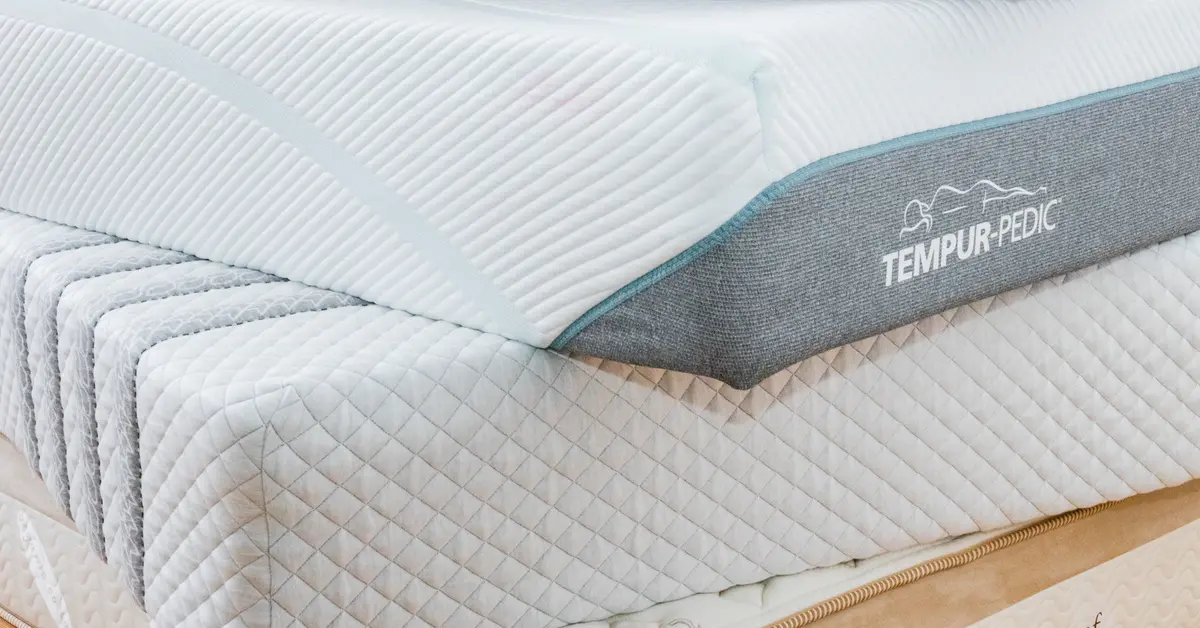

Bedroom Furniture
How Does A Memory Foam Mattress Work
Modified: September 2, 2024
Discover how memory foam mattresses work and revolutionize your sleep experience with the latest bedroom furniture and design trends. Explore the science behind memory foam and its impact on your sleep quality.
(Many of the links in this article redirect to a specific reviewed product. Your purchase of these products through affiliate links helps to generate commission for Storables.com, at no extra cost. Learn more)
**
Introduction
**
Welcome to the world of memory foam mattresses! If you've ever wondered about the science behind these marvels of modern sleep technology, you're in for a treat. In this article, we'll delve into the fascinating workings of memory foam mattresses, exploring how they provide unparalleled support, relieve pressure points, and regulate temperature for a restful night's sleep.
As we embark on this journey, we'll unravel the secrets of memory foam, shedding light on its unique properties and the innovative technology that sets it apart from traditional mattress materials. Whether you're considering investing in a memory foam mattress or simply seeking to satisfy your curiosity, this exploration will equip you with valuable insights into the inner workings of these revolutionary sleep surfaces.
So, sit back, relax, and prepare to uncover the captivating world of memory foam mattresses. Let's dive into the science behind their construction and discover how they contribute to a rejuvenating and comfortable sleep experience.
**
Key Takeaways:
- Memory foam mattresses contour to your body, relieve pressure points, and regulate temperature for a comfortable and personalized sleep experience.
- The innovative technology behind memory foam provides tailored support, minimizes disturbances, and promotes undisturbed rest for a rejuvenating night’s sleep.
Read more: How To Choose A Memory Foam Mattress
What is Memory Foam?
**
Memory foam, also known as viscoelastic foam, is a cutting-edge material that has transformed the landscape of mattress design. Originally developed by NASA in the 1960s to improve the safety and comfort of aircraft cushions, memory foam has since evolved into a popular choice for mattresses, pillows, and other sleep-related products.
What sets memory foam apart from traditional mattress materials is its remarkable ability to contour to the body in response to heat and pressure, providing tailored support and cushioning. This unique characteristic allows memory foam to adapt to the sleeper’s shape, creating a cradle-like effect that promotes proper spinal alignment and alleviates pressure points.
One of the defining features of memory foam is its viscoelastic nature, which means it exhibits both viscous (slow-moving) and elastic (regains shape) properties. When a person lies on a memory foam mattress, the material responds to their body heat, softening and molding to their unique contours. Once the pressure is removed, memory foam gradually returns to its original shape, ready to adapt to the sleeper’s movements and positions throughout the night.
Memory foam is available in various densities, with higher-density foams offering enhanced support and durability. Additionally, advancements in memory foam technology have led to the development of open-cell foams, which boast improved breathability and heat dissipation, addressing concerns about heat retention often associated with traditional memory foam.
From its origins in aerospace innovation to its widespread adoption in the bedding industry, memory foam continues to captivate sleep enthusiasts with its ability to deliver personalized comfort and support. In the next section, we’ll delve into the science behind memory foam, unraveling the mechanisms that make it such a game-changer in the realm of sleep technology.
**
The Science Behind Memory Foam
**
At the core of memory foam’s exceptional performance lies a sophisticated blend of materials and engineering principles. The composition of memory foam typically includes polyurethane, along with additional chemicals that enhance its viscosity and elasticity. This combination results in a material that responds to temperature and pressure, conforming to the body’s contours with remarkable precision.
One of the key components of memory foam is its viscoelasticity, which dictates its ability to exhibit viscous and elastic behavior. When pressure is applied to memory foam, the cells within the material compress and distribute the weight evenly, creating a custom fit for the sleeper. As the foam molds to the body’s shape, it minimizes pressure points and promotes proper alignment of the spine, contributing to a more restful and rejuvenating sleep experience.
The temperature-sensitive nature of memory foam is another critical aspect of its functionality. As the sleeper’s body heat interacts with the foam, it becomes pliable and molds to the individual’s unique contours. This adaptive quality allows memory foam to provide tailored support, cradling the body and reducing the likelihood of discomfort or stiffness associated with traditional mattresses.
Furthermore, memory foam’s ability to absorb and disperse motion isolates disturbances, making it an excellent choice for couples or individuals sensitive to movement during sleep. This feature contributes to a more tranquil and undisturbed rest, as the foam minimizes the transfer of motion across the sleeping surface.
Advancements in memory foam technology have led to the development of open-cell foams, which boast enhanced breathability and improved airflow. This innovation addresses concerns about heat retention, ensuring a cooler and more comfortable sleep environment for individuals who may have previously been deterred by the perceived warmth of traditional memory foam.
As we unravel the intricate science behind memory foam, it becomes evident that this material is far more than just a comfortable surface to rest upon. Its adaptive, supportive, and motion-isolating properties make it a compelling choice for those seeking a truly personalized and uninterrupted sleep experience. In the following sections, we’ll explore how memory foam provides tailored support and relieves pressure points, further illuminating its role in optimizing sleep quality.
**
How Does Memory Foam Provide Support?
**
Memory foam’s exceptional ability to provide tailored support stems from its unique responsiveness to heat and pressure. When a person lies on a memory foam mattress, the material reacts to their body heat, softening and contouring to their shape. This personalized molding creates a cradle-like effect, ensuring that the body is evenly supported and cushioned.
Unlike traditional spring mattresses, which exert upward force and may create pressure points, memory foam distributes weight evenly, alleviating strain on the body’s pressure-sensitive areas. This uniform support minimizes the likelihood of discomfort and allows the spine to maintain its natural alignment, promoting optimal sleeping posture.
Furthermore, memory foam’s adaptive nature enables it to respond to changes in position, ensuring that the sleeper continues to receive customized support regardless of their movements throughout the night. This dynamic responsiveness contributes to a more restful and uninterrupted sleep, as the foam adjusts to accommodate different sleeping postures and preferences.
The density of memory foam also plays a crucial role in its supportiveness. Higher-density foams offer enhanced resilience and durability, providing long-term support and minimizing the risk of premature sagging or loss of structural integrity. By selecting a memory foam mattress with an appropriate density level, individuals can tailor their sleeping surface to meet their specific comfort and support needs.
Additionally, memory foam’s motion-isolating properties contribute to its supportive capabilities, particularly for couples sharing a bed. By absorbing and dispersing motion, memory foam minimizes disturbances caused by a partner’s movements, promoting a more tranquil and undisturbed sleep environment. This feature enhances the overall sleeping experience, ensuring that individuals can fully benefit from the supportive qualities of memory foam without disruptions.
As we unravel the mechanisms through which memory foam provides unparalleled support, it becomes evident that its adaptive, pressure-relieving, and motion-isolating attributes converge to create an optimal sleep surface. In the subsequent section, we’ll explore how memory foam excels in relieving pressure points, further enhancing its capacity to promote restful and rejuvenating sleep.
**
Memory foam mattresses work by responding to heat and pressure, contouring to the body’s shape. This provides support and reduces pressure points, promoting better sleep.
How Does Memory Foam Relieve Pressure Points?
**
Memory foam’s remarkable ability to relieve pressure points is rooted in its capacity to contour to the body’s unique shape, distributing weight evenly and minimizing localized stress. When a person lies on a memory foam mattress, the material responds to their body heat, gently conforming to the curves and contours of their body. This adaptive molding effectively reduces pressure on areas such as the shoulders, hips, and lower back, which are prone to discomfort and strain on traditional mattresses.
By cradling the body and providing customized support, memory foam mitigates the formation of pressure points, allowing for improved blood circulation and reduced discomfort during sleep. This targeted pressure relief promotes a more restful and rejuvenating sleep experience, as individuals are less likely to experience the aches and pains associated with inadequate support.
Furthermore, memory foam’s viscoelastic properties enable it to respond to the sleeper’s movements, adjusting and readjusting to accommodate changes in position. This dynamic adaptability ensures that pressure is consistently distributed across the sleeping surface, minimizing the risk of localized strain and promoting overall comfort throughout the night.
Additionally, the motion-isolating characteristics of memory foam contribute to pressure relief, particularly for individuals sharing a bed. By absorbing and dispersing motion, memory foam minimizes disturbances caused by a partner’s movements, reducing the likelihood of pressure points developing as a result of external disruptions.
Advancements in memory foam technology, such as the development of open-cell foams, have further enhanced its pressure-relieving capabilities by improving breathability and heat dissipation. This innovation addresses concerns about heat retention, ensuring a cooler and more comfortable sleep surface that contributes to the overall alleviation of pressure points.
As we unravel the ways in which memory foam excels in relieving pressure points, it becomes clear that its adaptive, supportive, and motion-isolating properties converge to create an optimal sleep surface that prioritizes comfort and well-being. In the subsequent section, we’ll explore how memory foam regulates temperature, further enhancing its capacity to facilitate a restful and rejuvenating sleep environment.
**
Read more: How To Fix A Memory Foam Mattress
How Does Memory Foam Regulate Temperature?
**
Memory foam’s ability to regulate temperature is a crucial aspect of its appeal, especially for individuals who may have concerns about heat retention and discomfort during sleep. Traditional memory foam was initially associated with heat retention, leading to the perception of it sleeping “hot.” However, advancements in memory foam technology, such as the development of open-cell foams, have significantly improved its temperature regulation capabilities.
Open-cell memory foam features a more breathable structure, allowing for enhanced airflow and heat dissipation. This innovative design promotes better ventilation within the mattress, reducing the likelihood of heat becoming trapped and creating discomfort for the sleeper. As a result, individuals can enjoy the adaptive comfort and support of memory foam without experiencing the overheating issues often associated with traditional foam materials.
Furthermore, the temperature-sensitive nature of memory foam contributes to its ability to adapt to the sleeper’s body heat, ensuring that it molds and contours to their unique shape for personalized support. As the foam responds to the individual’s temperature, it becomes pliable and conforms to their body, creating a cradle-like effect that promotes proper alignment and comfort.
Memory foam’s capacity to distribute weight evenly also plays a role in temperature regulation, as it minimizes the creation of pressure points that can lead to discomfort and increased heat retention. By providing targeted support and alleviating strain on specific areas of the body, memory foam contributes to a more comfortable and temperature-neutral sleep environment.
Additionally, memory foam’s motion-isolating properties further enhance its temperature regulation capabilities, particularly for individuals sharing a bed. By absorbing and dispersing motion, memory foam minimizes disturbances caused by a partner’s movements, reducing the likelihood of heat being trapped or transferred across the sleeping surface.
As we explore the ways in which memory foam excels in regulating temperature, it becomes evident that its adaptive, breathable, and motion-isolating properties converge to create an optimal sleep surface that prioritizes comfort and a balanced sleep climate. In the concluding section, we’ll summarize the key insights into the fascinating world of memory foam mattresses and their transformative impact on the sleep experience.
**
Conclusion
**
Embarking on this exploration of memory foam mattresses has unveiled the captivating science and innovative technology that underpin their exceptional performance. From their origins in aerospace research to their widespread adoption in the bedding industry, memory foam mattresses have revolutionized the way we approach sleep, offering tailored support, pressure relief, and temperature regulation for a restful and rejuvenating experience.
By delving into the intricacies of memory foam, we’ve discovered how its viscoelastic properties enable it to respond to heat and pressure, molding to the body’s contours and providing personalized support. This adaptive nature, coupled with its ability to distribute weight evenly and relieve pressure points, positions memory foam as a game-changer in promoting optimal sleeping posture and comfort.
Furthermore, advancements in memory foam technology, such as the development of open-cell foams, have addressed concerns about heat retention, enhancing breathability and airflow to create a more temperature-neutral sleep environment. This innovation has expanded the appeal of memory foam mattresses, offering individuals the benefits of adaptive comfort without the drawbacks often associated with traditional foam materials.
As we consider the comprehensive benefits of memory foam, including its motion-isolating properties that minimize disturbances and promote undisturbed rest, it becomes evident that these mattresses are designed to prioritize the well-being and comfort of sleepers. Whether seeking relief from pressure points, personalized support, or a cooler sleep surface, memory foam mattresses have proven to be a versatile and transformative choice for enhancing the sleep experience.
As you navigate the landscape of sleep technology and consider the factors that contribute to a rejuvenating night’s rest, the insights gained from this exploration of memory foam mattresses are poised to inform and empower your decision-making. Whether you’re in search of a mattress that adapts to your unique contours, relieves pressure points, or regulates temperature, memory foam stands as a compelling option that embodies the marriage of science and comfort.
In closing, the world of memory foam mattresses beckons with the promise of personalized support, pressure relief, and temperature regulation, inviting you to embark on a journey of restful and revitalizing sleep. With its innovative design and transformative properties, memory foam continues to shape the landscape of sleep technology, offering a compelling solution for those seeking a truly tailored and rejuvenating sleep experience.
Frequently Asked Questions about How Does A Memory Foam Mattress Work
Was this page helpful?
At Storables.com, we guarantee accurate and reliable information. Our content, validated by Expert Board Contributors, is crafted following stringent Editorial Policies. We're committed to providing you with well-researched, expert-backed insights for all your informational needs.
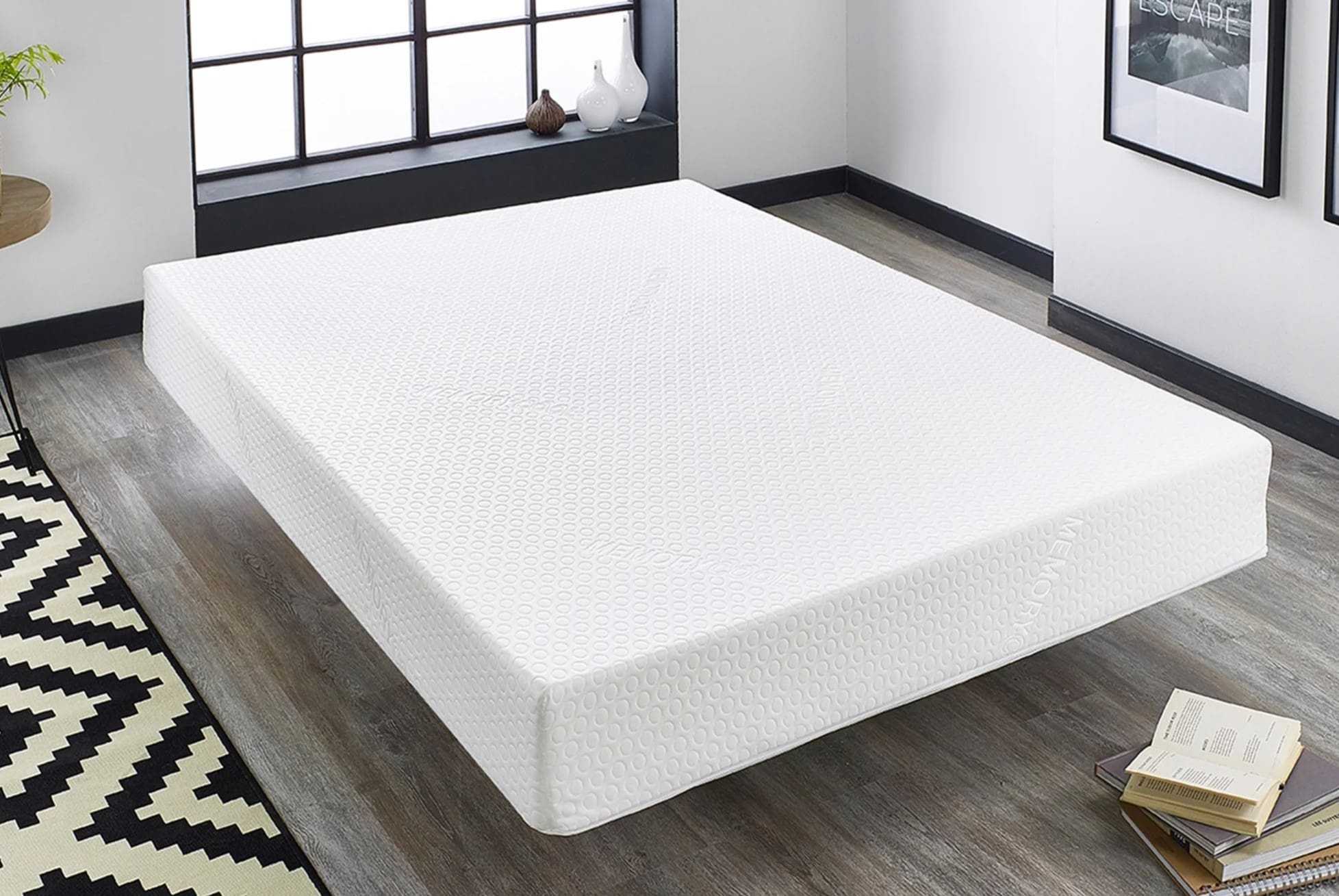
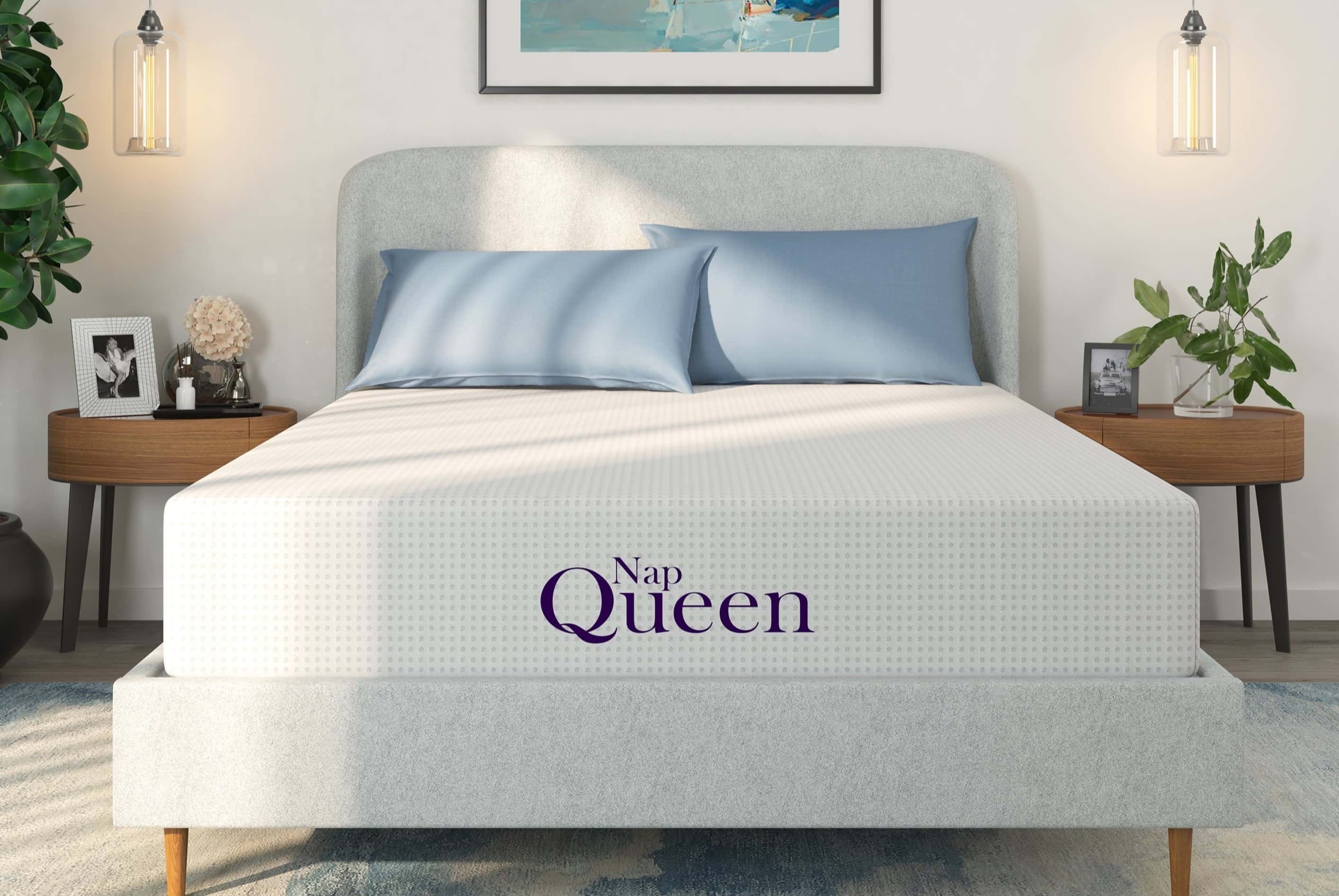
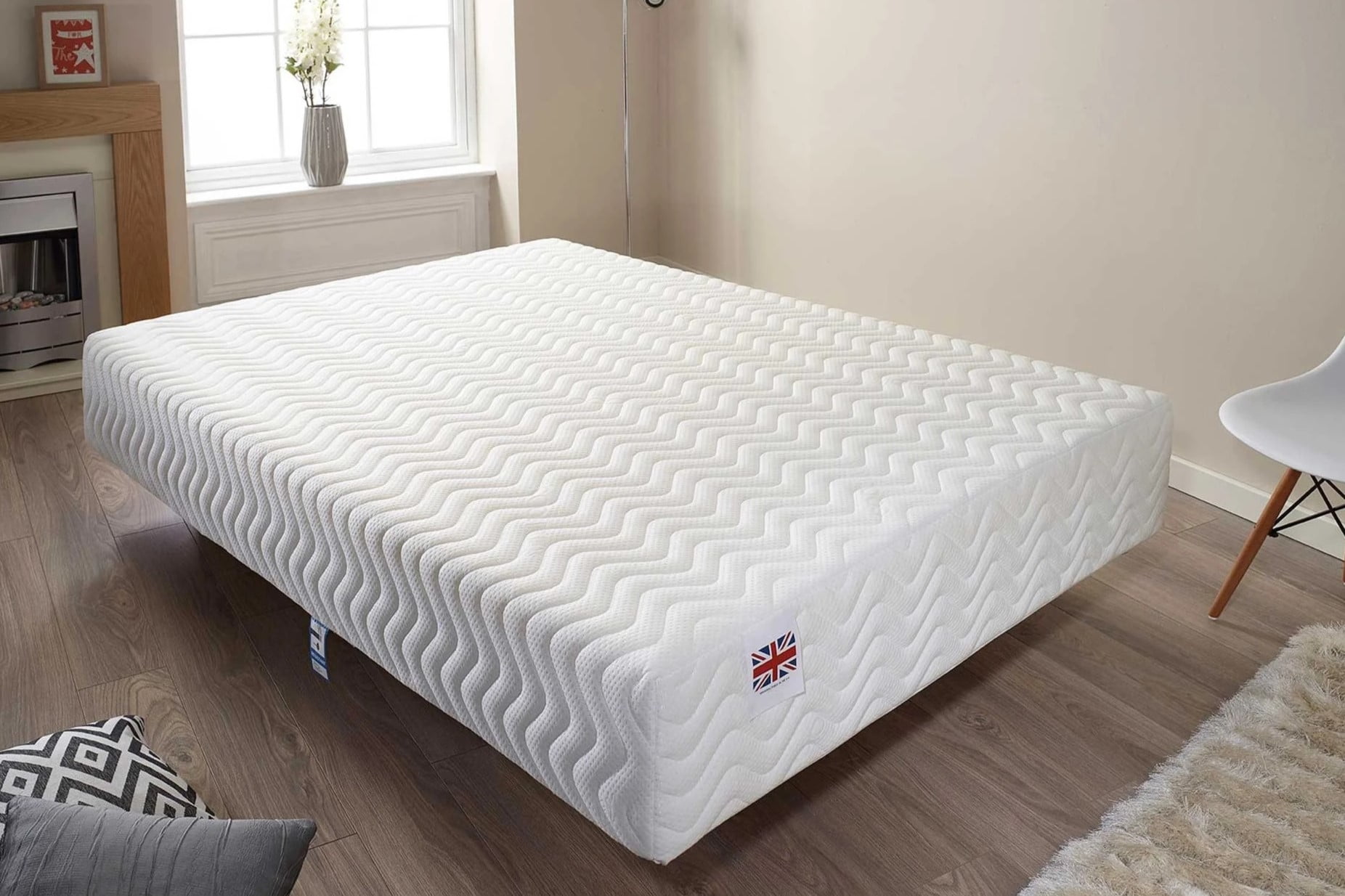


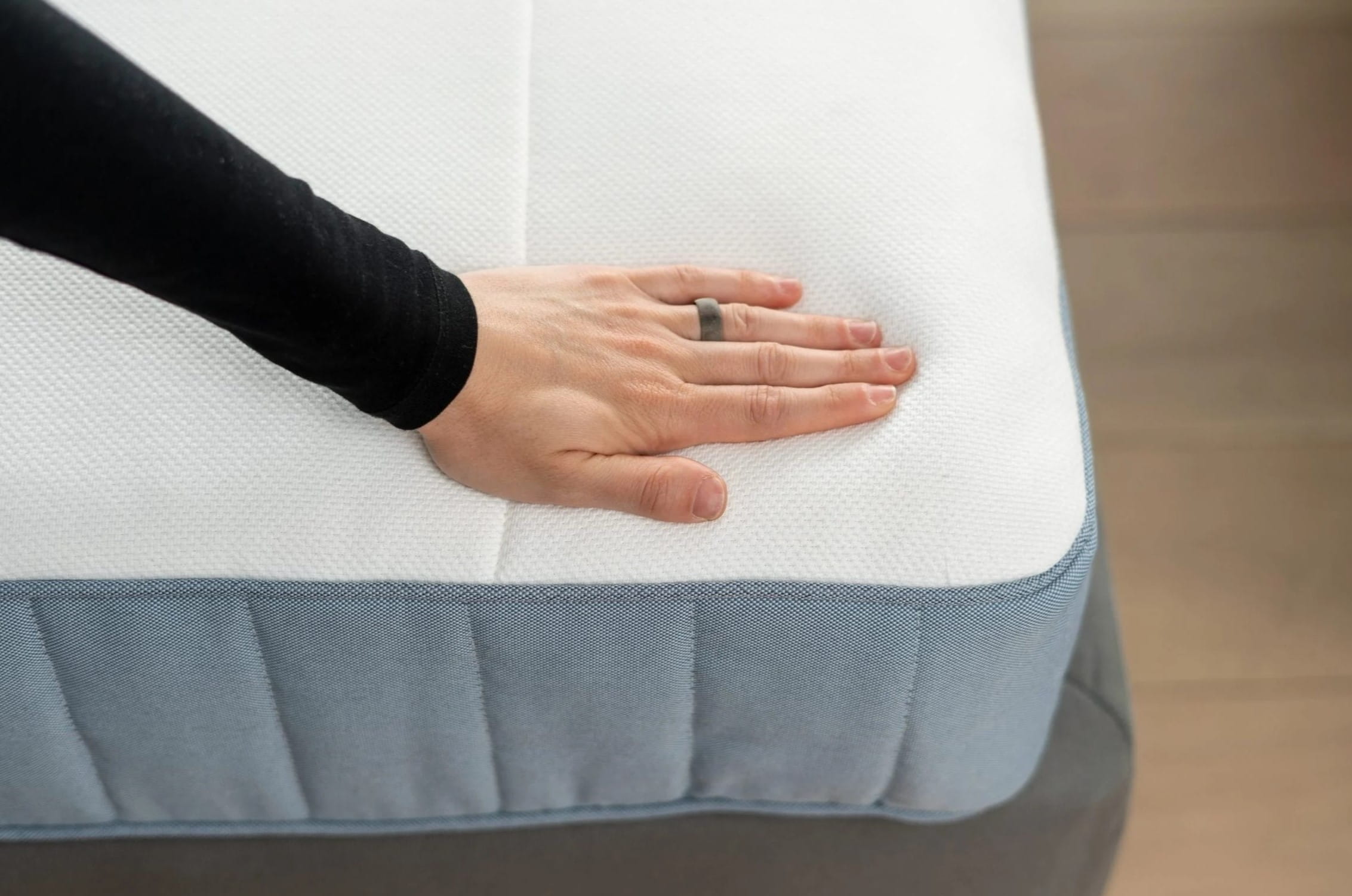

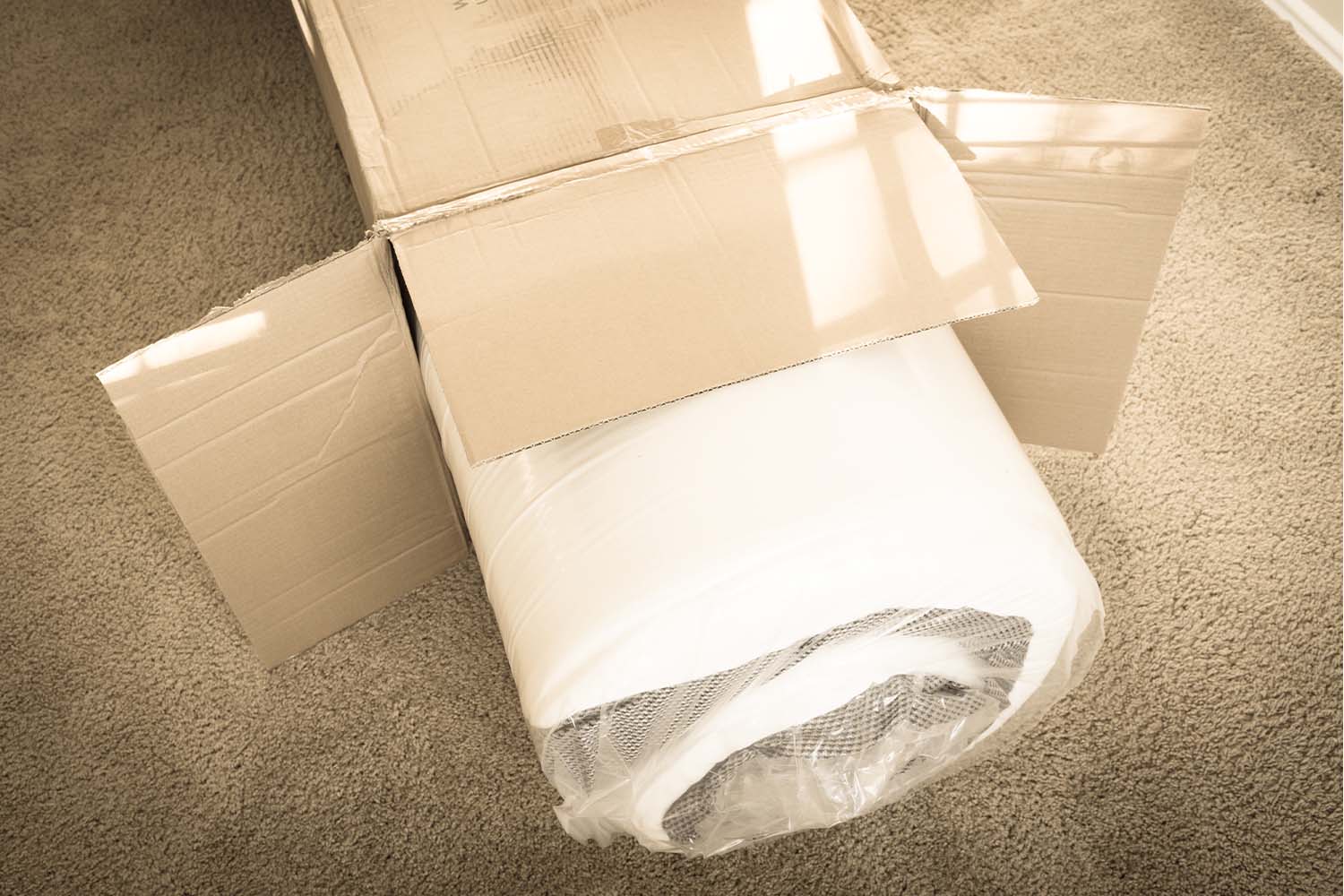
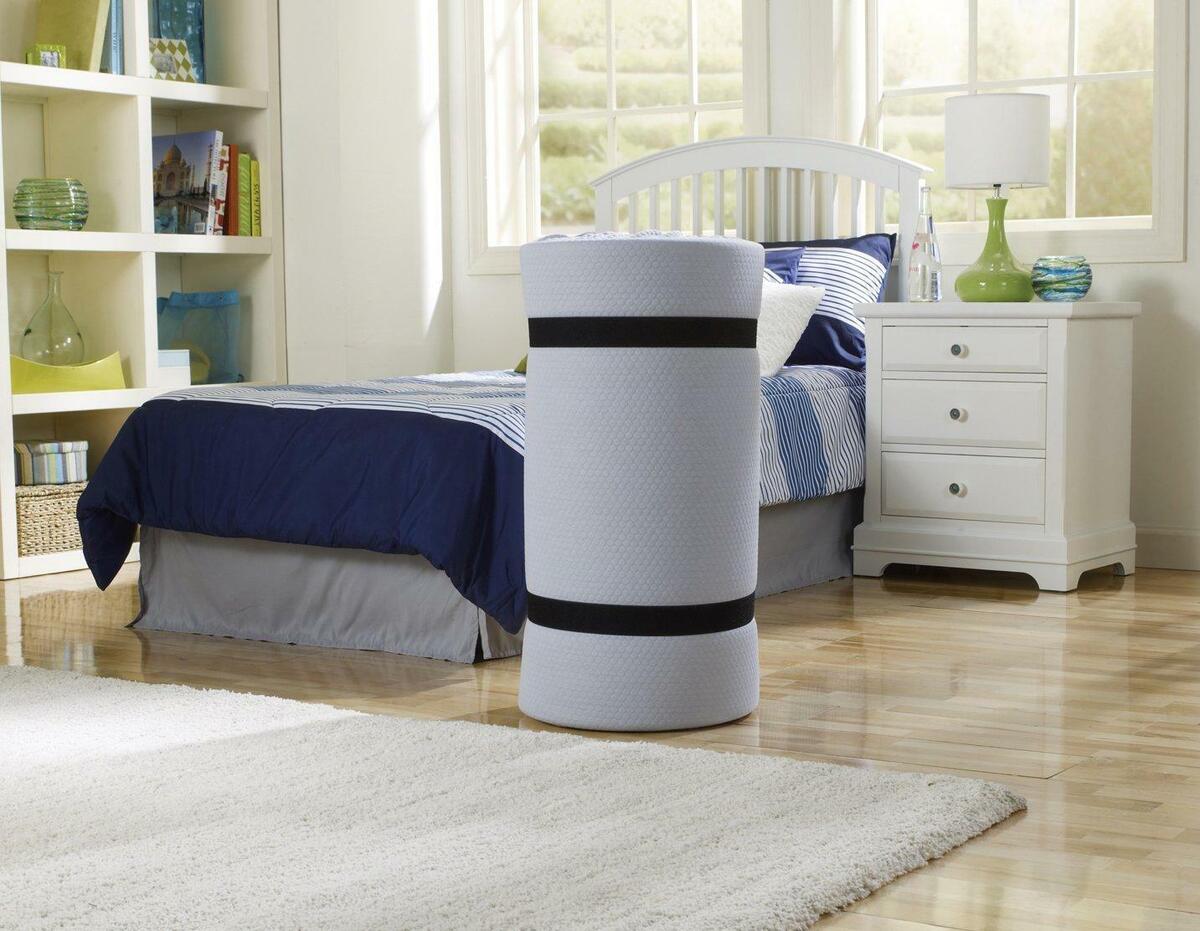
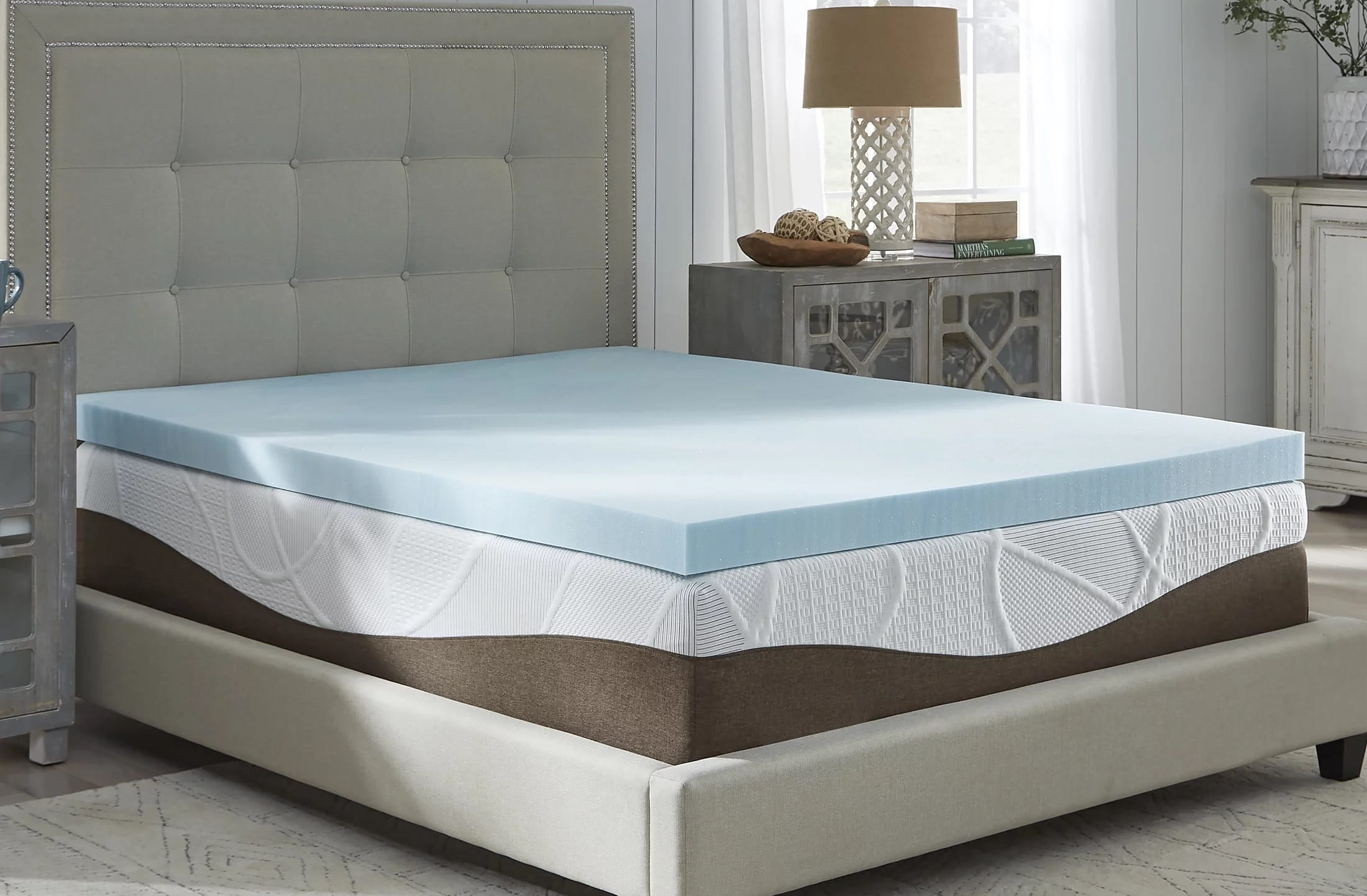
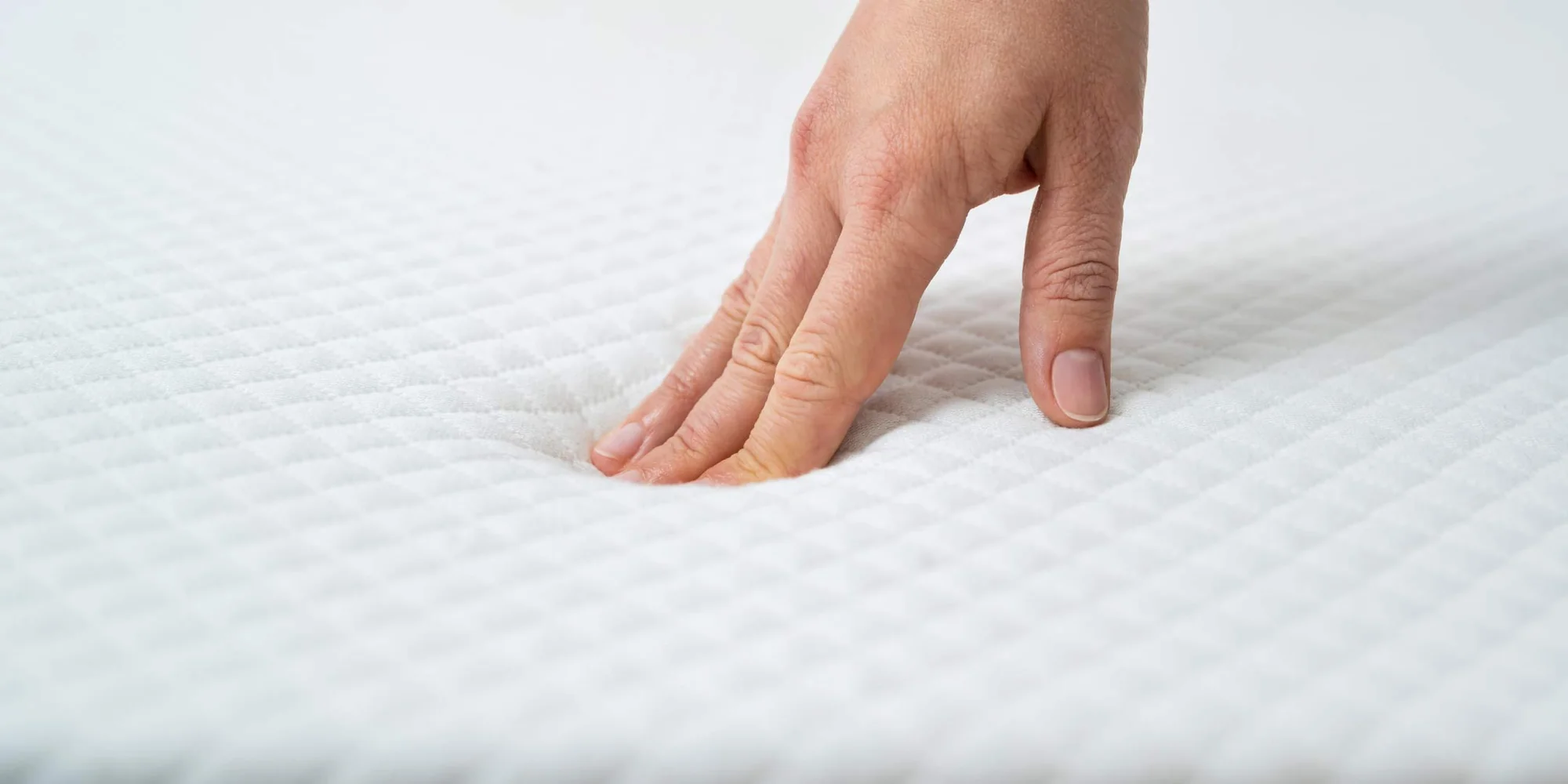
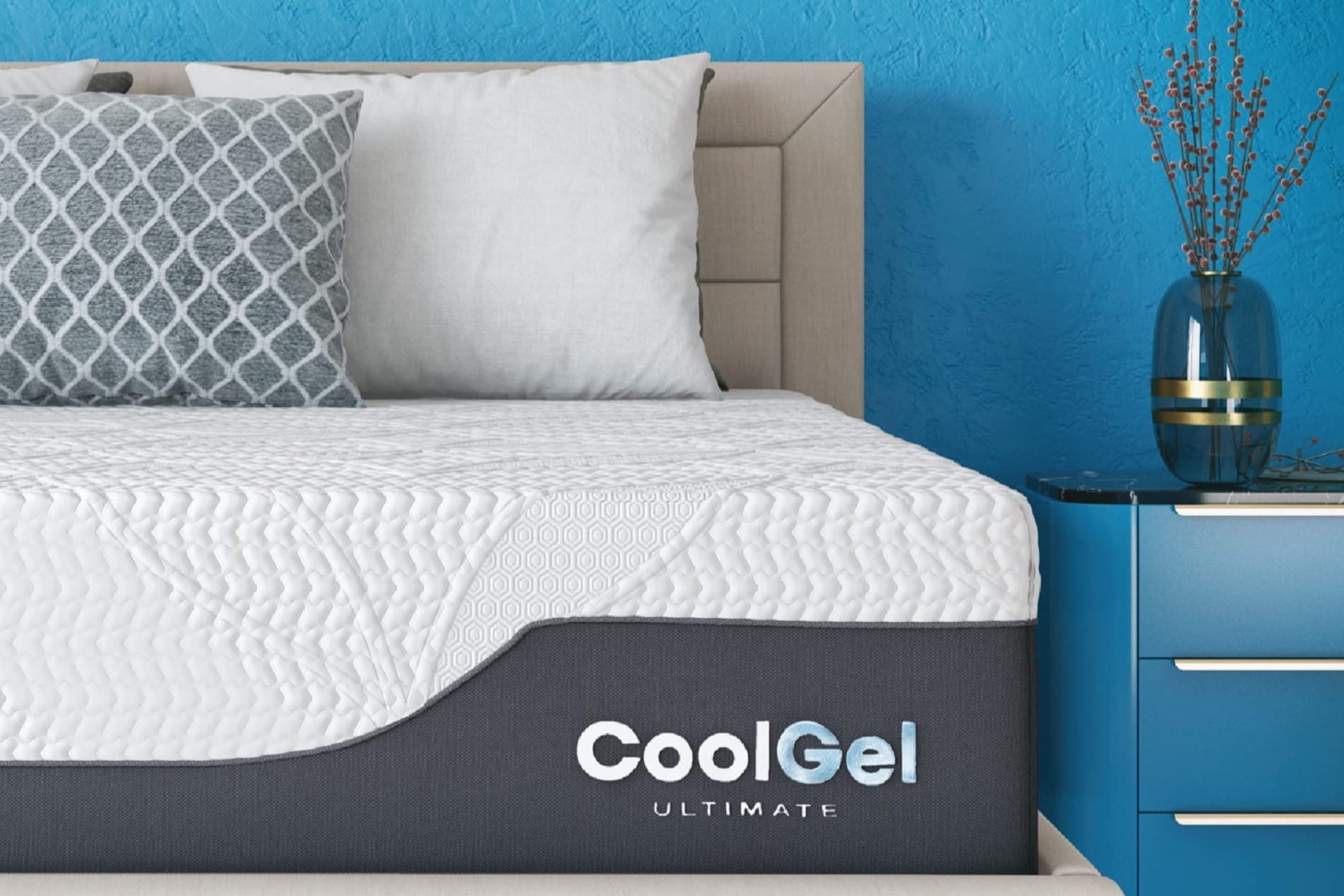

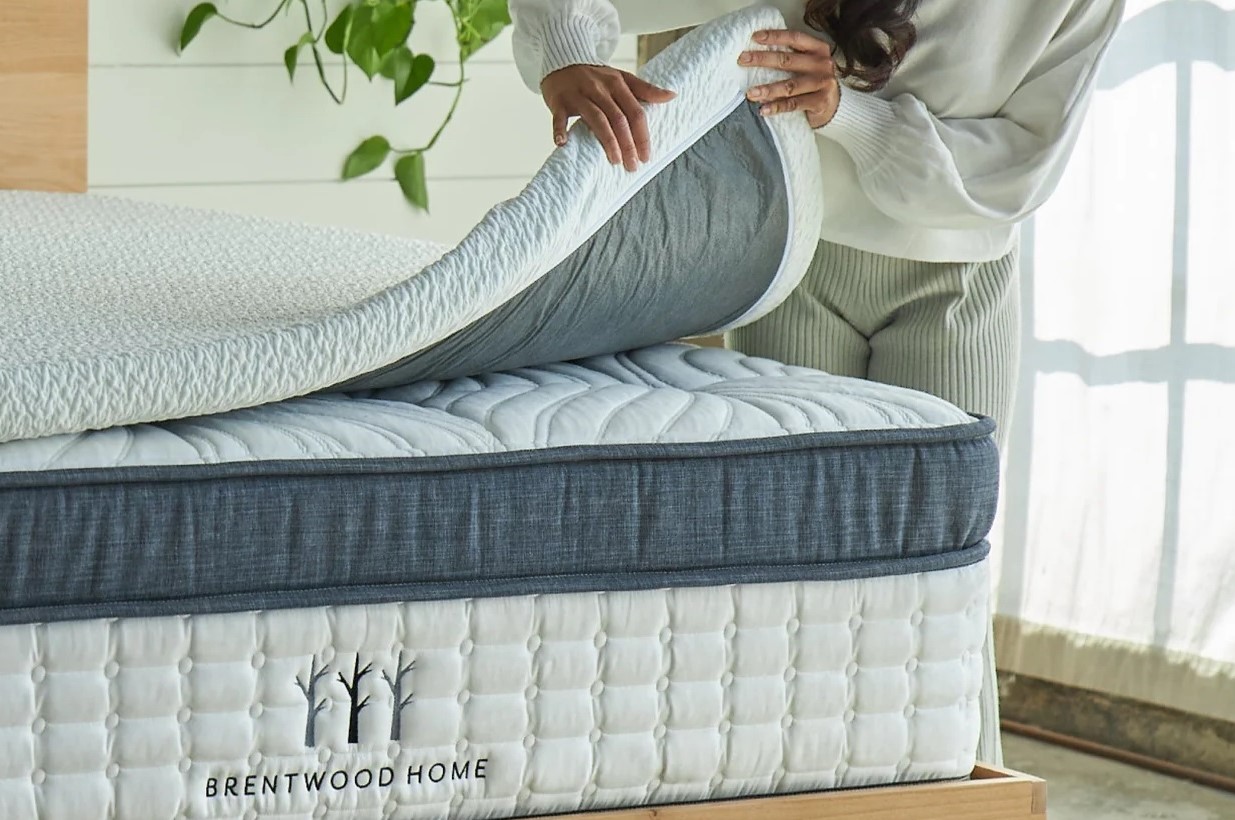

0 thoughts on “How Does A Memory Foam Mattress Work”